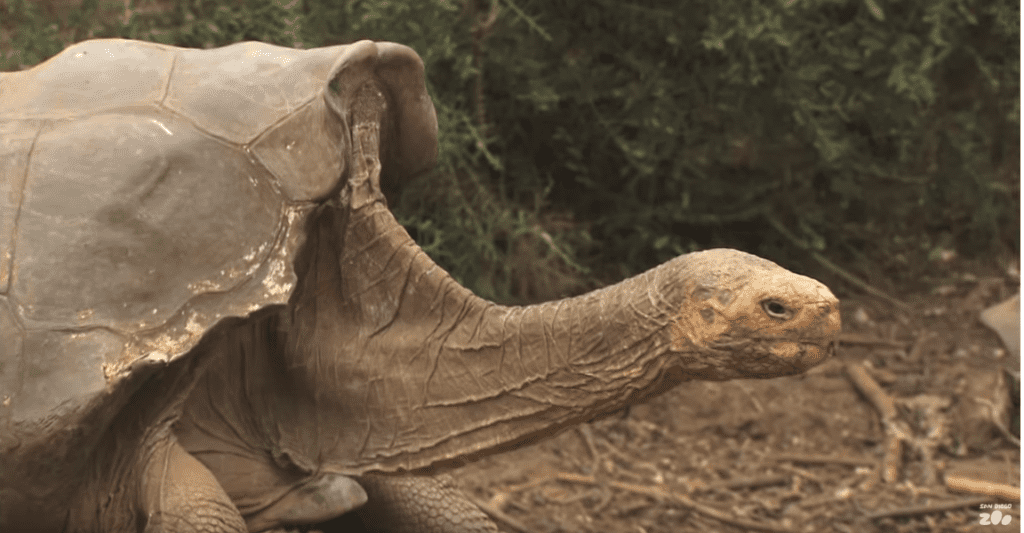He’s over 100 years old but his sex drive is as strong as always. He may have saved his own species. The stuff of legends – Diego.

Diego is a Chelonoidis hoodensis, a species of black Galapagos tortoise endemic only to the island of Espanola, one of the oldest islands in the Galapagos archipelago. Half a century ago, there were only 12 living survivors of the species: Diego, another male, and 10 females. That’s when the magic started happening.
Diego was moved to a tortoise breeding center on Santa Cruz Island, with one mission: repopulate the island – and that he has! Since then, Diego has fathered over 800 offspring, basically rebuilding his species single-handedly (well, with the help of mates, of course).
“He’s a very sexually active male reproducer. He’s contributed enormously to repopulating the island,” said Washington Tapia, a tortoise preservation specialist at Galapagos National Park.
Actually, females do almost all the work… to be honest, Diego just went on and had a bunch of sex.
Father of a species
Biologists knew he was a successful breeder, but they didn’t know just how good he was until they conducted a genetic study. They found that almost 40% of the babies found on Espanola are direct descendants from Diego.
“We did a genetic study and we discovered that he was the father of nearly 40 percent of the offspring released into the wild on Espanola,” Tapia told AFP.
But while Diego’s efforts have most definitely helped, the species is definitely not out of the woods yet. There are now 2,000 individuals on the island when there used to be more than twice that much.
“I wouldn’t say (the species) is in perfect health, because historical records show there probably used to be more than 5,000 tortoises on the island. But it’s a population that’s in pretty good shape—and growing, which is the most important,” said Tapia.
Not everyone was as successful as Diego though. Hopes for another threatened species, Chelonoidis abingdoni, faded as the only surviving male, known as Lonesome George, refused to breed in captivity.
Was this helpful?



